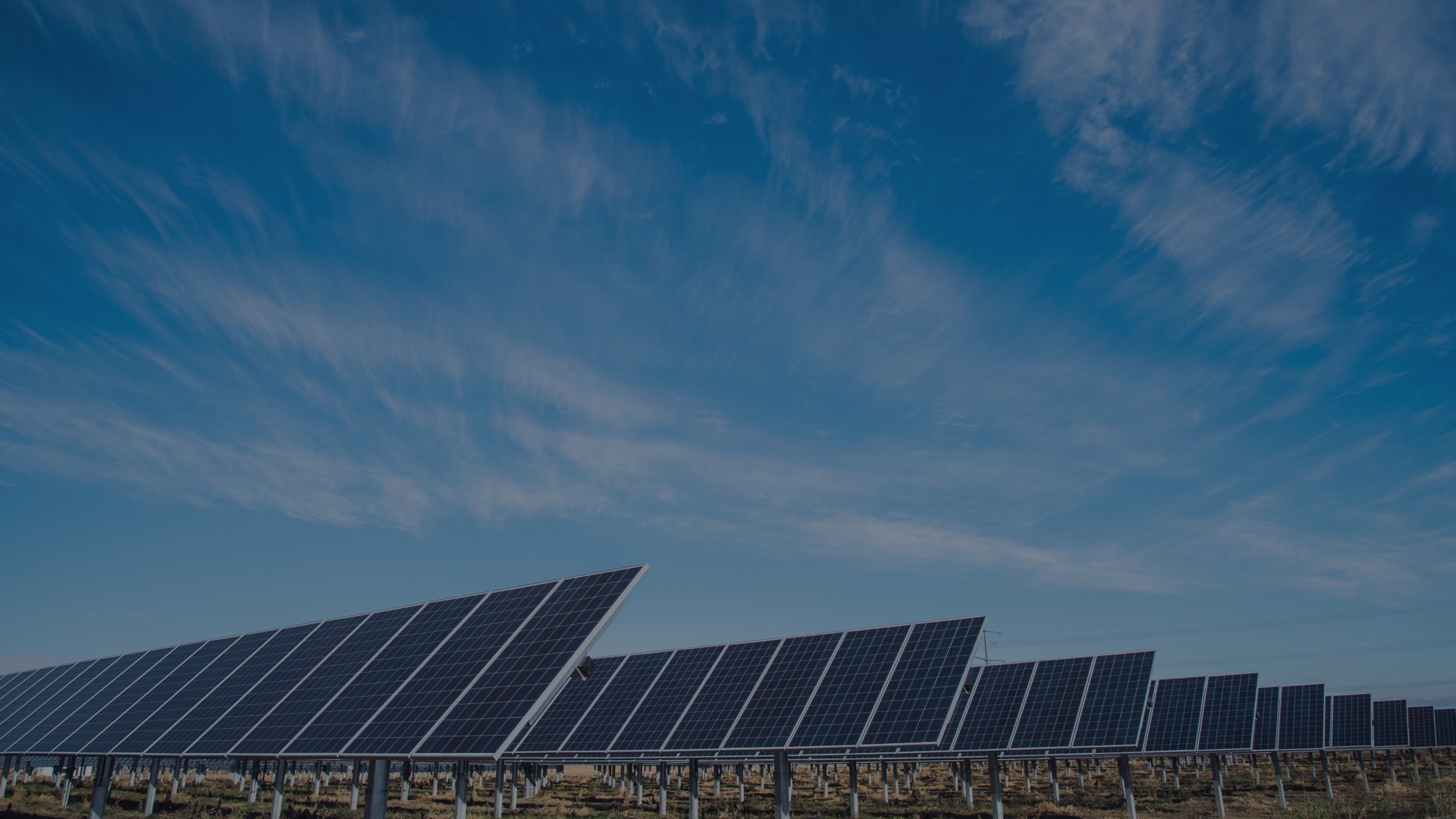World production of solar cells —which convert sunlight directly into electricity — soared to 742 megawatts (MW) in 2003, a jump of 32 per cent in just one year, the Earth Policy Institute reports.
With solar cell production growing by 27 per cent annually over the past five years, cumulative world production now stands at 3,145 MW, enough to meet the electricity needs of more than a million homes. This extraordinary growth is driven to some degree by improvements in materials and technology, but primarily by market introduction programs and government incentives.The top five manufacturers of solar photovoltaic (PV) cells—Sharp, Kyocera, Shell Solar, BP Solar, and RWE Schott Solar—account for 60 per cent of the market share. In 2000, the Japanese company Sharp eclipsed Kyocera (also a Japanese producer) and BP Solar to take the top position among global manufacturers. Since then, Sharp has sustained an impressive annual growth rate of 63 per cent, more than twice the global rate. As a result, the company’s share of the world market has climbed to 27 per cent.
Japanese PV production — which accounts for 49 per cent of the world total — has benefited from a variety of government incentive programmes. The 70,000 Roofs Programme established in 1994 initially covered 50 per cent of PV installation costs. As the cost of solar cells fell with increased production, however, the subsidy was reduced to about 10 per cent. By 2002, the number of residential systems installed in Japan had reached 144,000.
With solar cell production growing by 27 per cent annually over the past five years, cumulative world production now stands at 3,145 MW, enough to meet the electricity needs of more than a million homes. This extraordinary growth is driven to some degree by improvements in materials and technology, but primarily by market introduction programs and government incentives.
The top five manufacturers of solar photovoltaic (PV) cells—Sharp, Kyocera, Shell Solar, BP Solar, and RWE Schott Solar—account for 60 per cent of the market share. In 2000, the Japanese company Sharp eclipsed Kyocera (also a Japanese producer) and BP Solar to take the top position among global manufacturers. Since then, Sharp has sustained an impressive annual growth rate of 63 per cent, more than twice the global rate. As a result, the company’s share of the world market has climbed to 27 per cent.
Japanese PV production — which accounts for 49 per cent of the world total — has benefited from a variety of government incentive programmes. The 70,000 Roofs Programme established in 1994 initially covered 50 per cent of PV installation costs. As the cost of solar cells fell with increased production, however, the subsidy was reduced to about 10 per cent. By 2002, the number of residential systems installed in Japan had reached 144,000.
